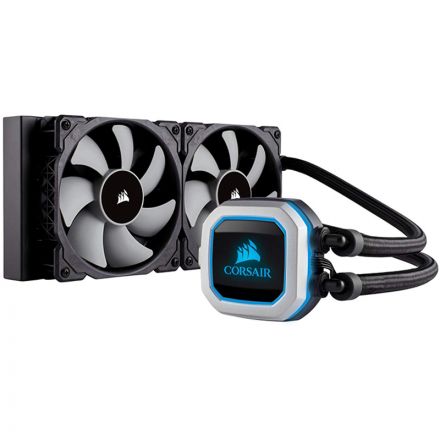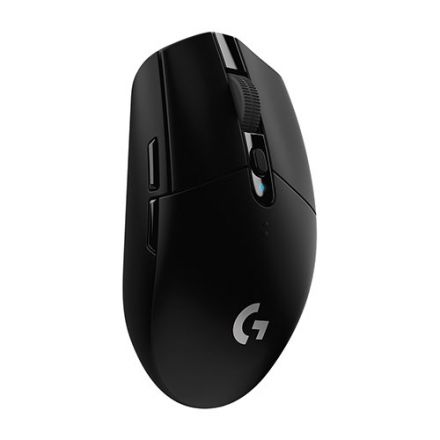This website uses cookies to ensure you get the best experience on our website. Read more


Categories: Graphics
Posted: January 22, 2024
In the ever-evolving world of computer graphics, the performance of your graphics card is a critical factor in determining the quality of your visual experience. One crucial component that plays a pivotal role in this is VRAM, or Video Random Access Memory. Understanding VRAM is essential for anyone looking to maximize their graphics card's potential and unlock a world of immersive visuals and smooth gameplay.
What is VRAM?
VRAM is a type of memory specifically designed for graphics processing units (GPUs) found on graphics cards. It serves as a dedicated space for storing and quickly accessing the graphical data required to render images on your display. Unlike system RAM, which is a general-purpose memory used by the entire system, VRAM is optimized for the unique demands of rendering graphics.
The Importance of VRAM
Texture Loading and Rendering: VRAM is crucial for storing textures, which are the graphical elements applied to 3D models. High-resolution textures demand more VRAM to ensure smooth rendering without performance bottlenecks. Games and applications with detailed graphics, such as modern AAA titles, often require larger VRAM capacities for optimal performance.
Resolution and Multi-Monitor Setups: Higher display resolutions and multi-monitor configurations require more VRAM to store the additional pixel data. Insufficient VRAM in such scenarios may result in reduced performance, lower frame rates, or even graphical artifacts.
Anti-Aliasing and Effects: Advanced graphical features like anti-aliasing, ambient occlusion, and other post-processing effects also rely on VRAM. Having ample VRAM enables your graphics card to handle these effects seamlessly, enhancing the overall visual quality of your gaming or multimedia experience.
Future-Proofing: As technology advances, software and games become more demanding in terms of graphical fidelity. Investing in a graphics card with a generous amount of VRAM can help future-proof your system, ensuring it can handle upcoming applications and games without the need for an immediate upgrade.
Choosing the Right Amount of VRAM
The optimal amount of VRAM depends on your specific use case and preferences. Here are some general guidelines:
Casual Gaming and Productivity: For everyday tasks, casual gaming, and content consumption, a graphics card with 4GB to 6GB of VRAM is usually sufficient.
1080p Gaming: If you primarily game at 1080p resolution, a graphics card with 6GB to 8GB of VRAM is generally suitable for most titles.
1440p Gaming: For gaming at 1440p resolution, consider a graphics card with 8GB to 12GB of VRAM to handle the increased pixel count.
4K Gaming and High-End Tasks: Enthusiasts engaging in 4K gaming or other graphics-intensive tasks should opt for graphics cards with 12GB or more of VRAM for a smoother experience.
Conclusion
Understanding VRAM is a key factor in maximizing your graphics card's potential. Whether you're a gamer, content creator, or simply an enthusiast seeking top-notch visuals, investing in a graphics card with an appropriate amount of VRAM for your needs can make a significant difference. Stay informed about VRAM requirements, keep an eye on the latest technologies, and ensure your system is well-equipped to handle the graphics challenges of the future. With the right amount of VRAM, you'll be well on your way to unleashing the full power of your graphics card and immersing yourself in the stunning world of digital visuals.














